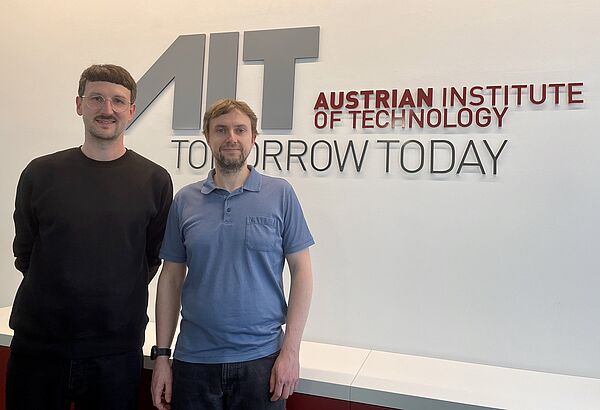On May 3, Christoph Striecks and Sebastian Ramacher, both Scientists in the Center for Digital Safety & Security, gave an invited talk for NXP Belgium about their work on hybrid cryptographic systems.
Cryptography is omnipresent in our lives, and digital systems use it to securely communicate with each other. However, some of the currently used cryptographic techniques are in danger due to the threat that comes with the development of large-scale quantum computers.
Migrations towards quantum-secure systems should start as soon as possible and hybridization is a versatile tool to achieve such a transition by combining features of several quantum-safe technologies. Currently, the most prominent of such technologies are quantum key distribution and post-quantum cryptography.
In their talk, Striecks and Ramacher discussed the possibility of combining quantum key distribution and post-quantum cryptography in hybrid mode which is of particular interest in large-scale quantum-safe networks such as the EuroQCI. “Hybridization of post-quantum cryptography and quantum key distribution enables the full potential towards secure end-to-end authentication, integrity, and confidentially”, Striecks said. “We prototypically implemented and tested our work using real QKD hardware in the field”, Ramacher added.
The research and prototyping were carried out at AIT in the national project QKD4GOV and the European QCI-CAT project.



